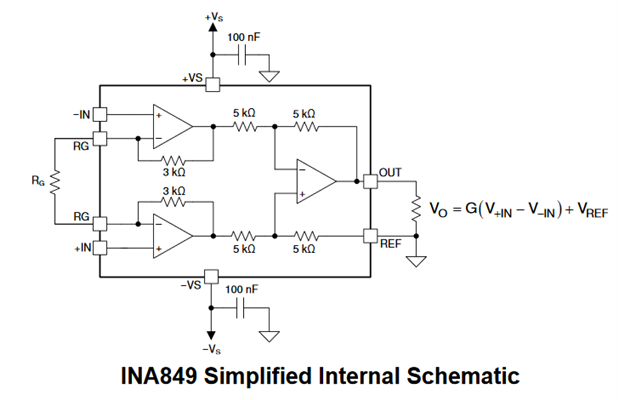Other Parts Discussed in Thread: VCA810, INA849, ADS125H02
Hi,
I need to measure a variable resistance over a wide range, the top of the range being 2Mega ohms. The intention is to reap all the benefits of differential measurement with AC excitation however, if the resistance is measured at the minimum current setting of 50uA of the ADS1261, the output would be clipped i.e. would need need attenuating. Am I correct in saying that the attenuating amplifier would also need to be a differential one, in order for the AC excitation (drive) function to work properly? That is, e.g. VCA810 wouldn't be an option in this case as it has only single-ended output. Correct?
Have you got (op-amp) suggestions on how to implement the attenuation?
Many thanks!



